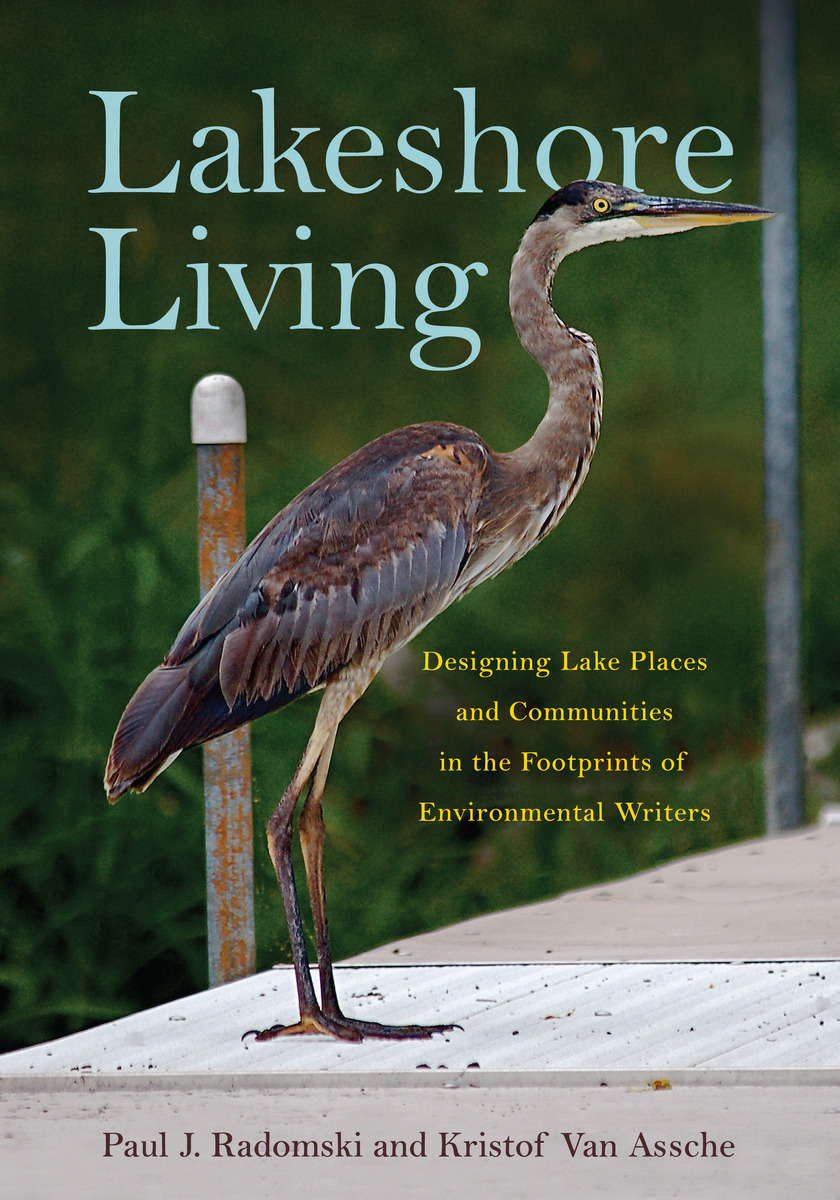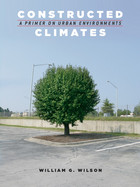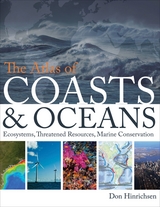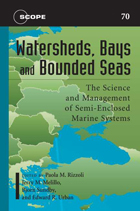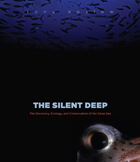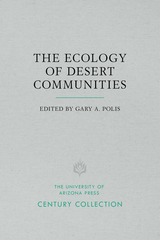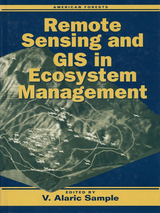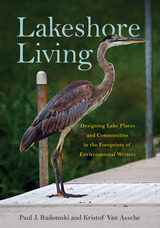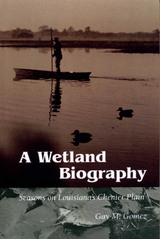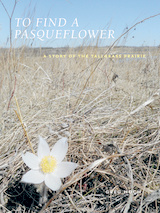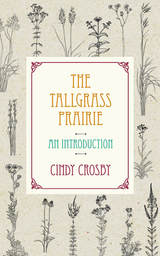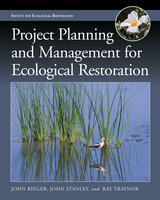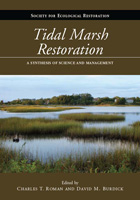Lakeshore Living: Designing Lake Places and Communities in the Footprints of Environmental Writers
Michigan State University Press, 2014
Paper: 978-1-61186-118-1 | eISBN: 978-1-62895-014-4 (ePub NK) | eISBN: 978-1-62896-014-3 (Kindle) | eISBN: 978-1-60917-408-8 (PDF)
Library of Congress Classification QH541.5.L3R33 2014
Dewey Decimal Classification 577.63
Paper: 978-1-61186-118-1 | eISBN: 978-1-62895-014-4 (ePub NK) | eISBN: 978-1-62896-014-3 (Kindle) | eISBN: 978-1-60917-408-8 (PDF)
Library of Congress Classification QH541.5.L3R33 2014
Dewey Decimal Classification 577.63
ABOUT THIS BOOK | AUTHOR BIOGRAPHY | REVIEWS | TOC | REQUEST ACCESSIBLE FILE
ABOUT THIS BOOK
In this remarkable and remarkably accessible synthesis of ecology, landscape design, and social sciences, the authors present an approach to lakeshore living that addresses the need to create rich, sustainable places and communities on the water, where both the loon and the family find a place, and where the cabin can be handed down with integrity to the grandchildren. Fragile shorelands require care, and that caring comes from knowledge, experience, and an environmental ethic. Radomski and Van Assche argue that an environmentally sensitive lakeshore place and community design is the way forward. While many factors affect the quality of lakes and lakeshore living, property owners and local communities do not have to wait until policies are perfect: the design approach advocated here can be applied in any place people living lakeside can get together and collaborate. The approach presented here is proactive and context sensitive: new designs have to fit the existing ecological, cultural, and policy landscapes. Development is always re-development in this sense. The authors introduce the reader step-by-step to this approach and carefully discuss leverage points that can be helpful in implementation and system change.
See other books on: Coastal Regions & Shorelines | Communities | Environmental literature | Lake ecology | Limnology
See other titles from Michigan State University Press
